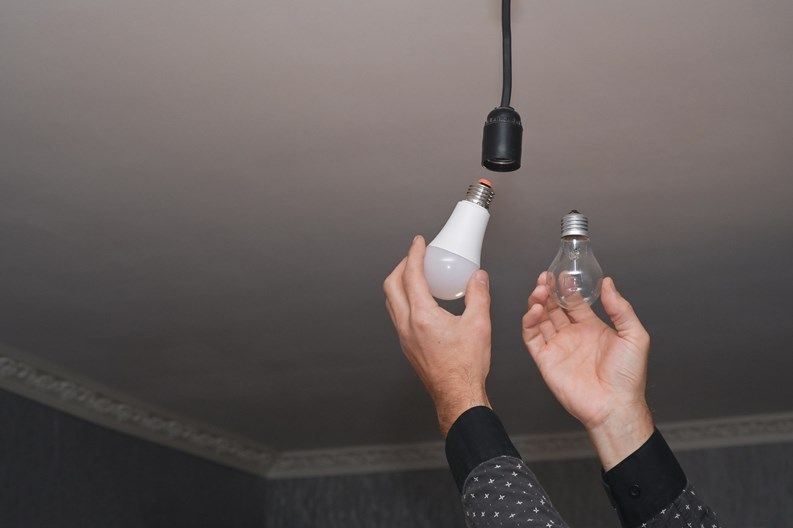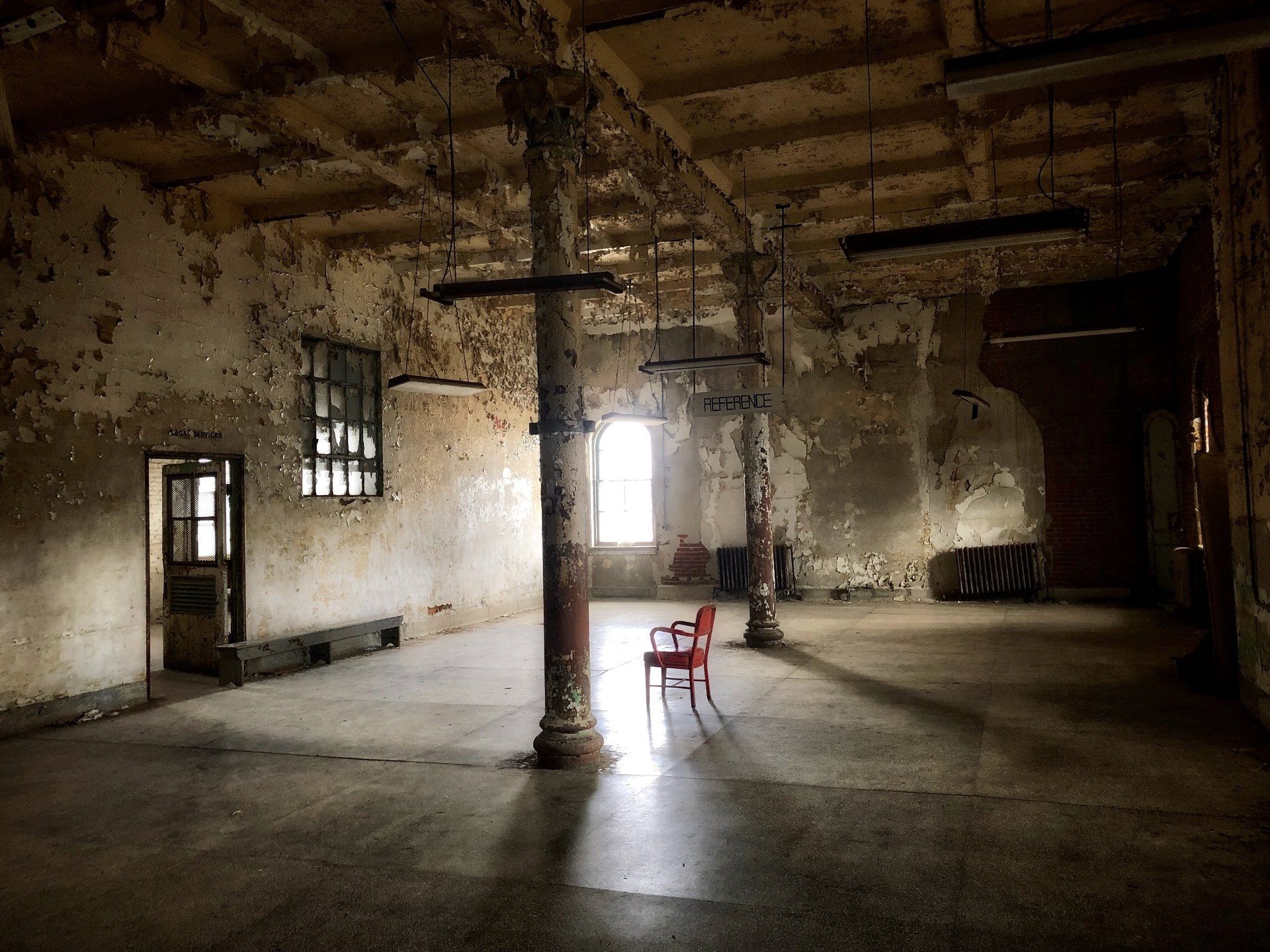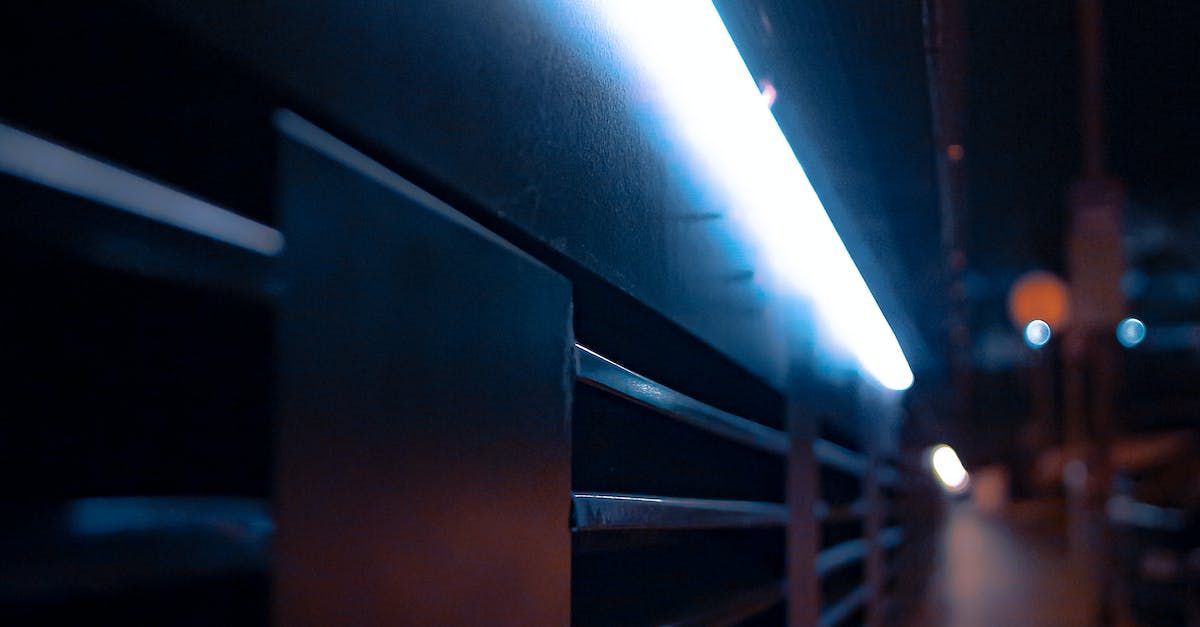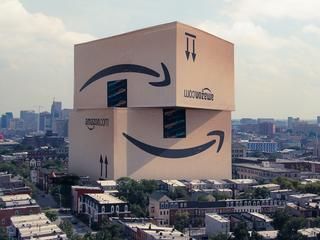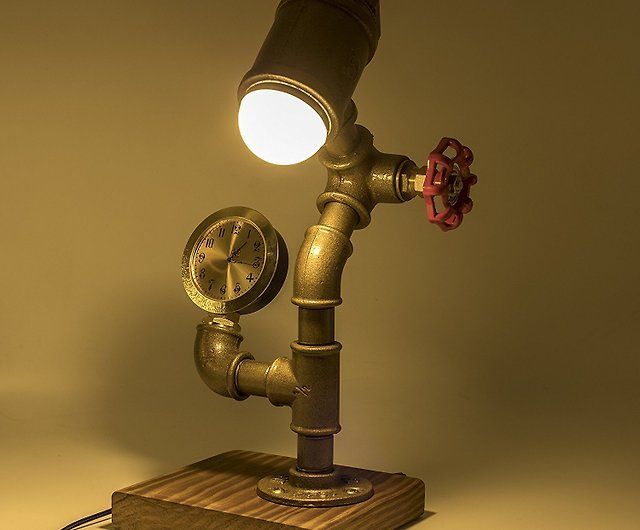Enhancing Workplace Safety with LED Lighting: A Guide for Plant Managers
7/17/2024 - Author: Christopher Silva
Creating a safer work environment is a top priority for plant managers, and one effective way to achieve this is by upgrading outdated lighting systems to modern LED lighting. This simple yet impactful change not only improves overall safety but also offers several additional benefits, including preventing potential shut-downs, saving money, boosting employee morale, and promoting sustainability.
Improved Safety and Visibility
One of the primary advantages of LED lighting is its superior illumination. Unlike older lighting systems, LEDs provide brighter and more uniform light, reducing shadows and dark spots that can contribute to accidents and injuries. Better visibility means that employees can perform their tasks more safely and efficiently, whether they are operating machinery, handling hazardous materials, or navigating the plant floor. Enhanced lighting can also improve the accuracy of visual inspections and quality control processes, leading to higher standards of safety and product quality.
Preventing Shut-Downs and Reducing Maintenance
Older lighting systems, such as incandescent or fluorescent lights, are prone to frequent failures and require regular maintenance. Burnt-out bulbs or malfunctioning fixtures can lead to unplanned shut-downs, disrupting production schedules and costing the company time and money. In contrast, LED lights have a much longer lifespan—up to 25 times longer than traditional bulbs. This extended lifespan means fewer replacements and less frequent maintenance, minimizing disruptions and keeping the plant running smoothly.
Cost Savings and Energy Efficiency
While the initial investment in LED lighting may be higher than traditional options, the long-term savings are substantial. LEDs are significantly more energy-efficient, consuming up to 75% less energy than incandescent bulbs and about 50% less than fluorescents. This reduction in energy consumption translates into lower utility bills, offering considerable cost savings over time. Additionally, the reduced need for replacements and maintenance further lowers operational costs, making LED lighting a financially sound choice.
Boosting Employee Morale
A well-lit work environment has a positive impact on employee morale and productivity. Poor lighting can lead to eye strain, fatigue, and decreased concentration, which can affect workers' performance and job satisfaction. By installing LED lighting, plant managers can create a brighter, more comfortable workspace that enhances employees' well-being. When employees feel safe and comfortable in their work environment, they are more likely to be motivated, engaged, and productive.
Supporting Sustainability Goals
Switching to LED lighting is also an important step towards developing a sustainability plan. LEDs have a smaller environmental footprint compared to traditional lighting options. They use less energy, which reduces greenhouse gas emissions and decreases the plant's overall carbon footprint. Additionally, LEDs do not contain hazardous materials like mercury, which is found in fluorescent bulbs, making them safer for both the environment and human health. By adopting LED lighting, plant managers demonstrate a commitment to sustainability and responsible corporate practices.
Conclusion
Upgrading to LED lighting is a strategic move that offers numerous benefits for plant managers seeking to create a safer work environment. The improved safety and visibility, prevention of costly shut-downs, substantial cost savings, enhanced employee morale, and support for sustainability goals make LED lighting an excellent choice. By making this investment, plant managers can ensure a safer, more efficient, and more sustainable future for their facilities.


